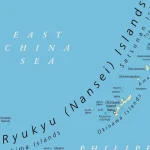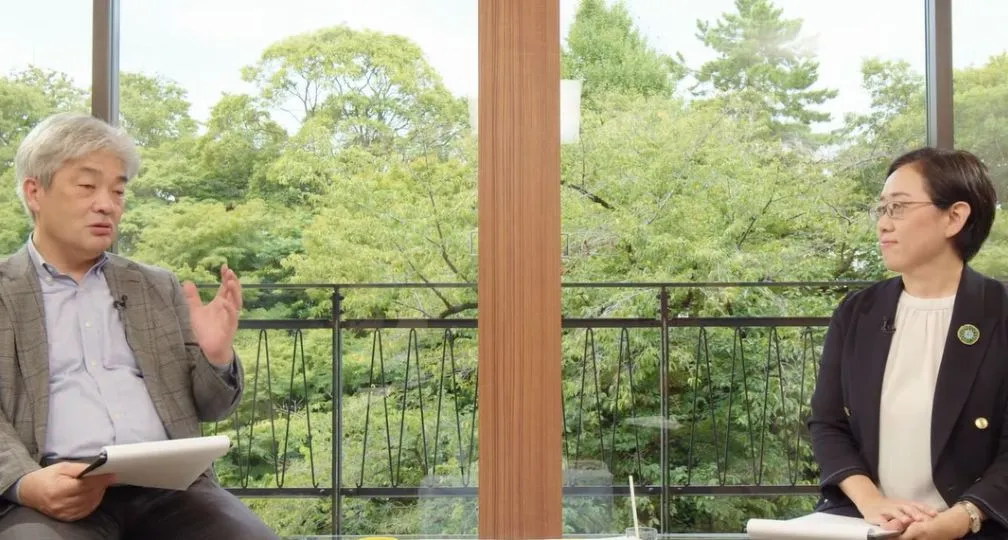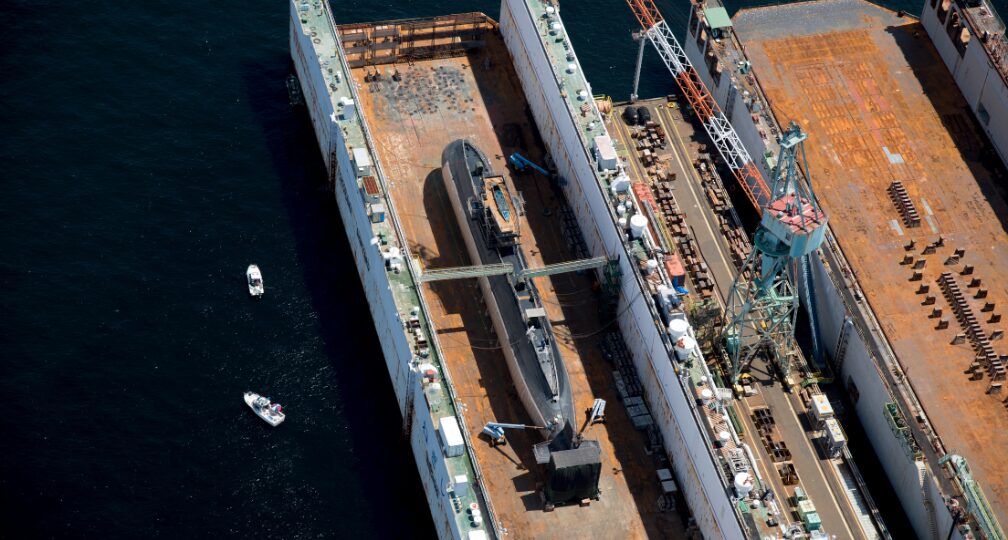War in Ukraine will set a course for international order — whatever the outcome
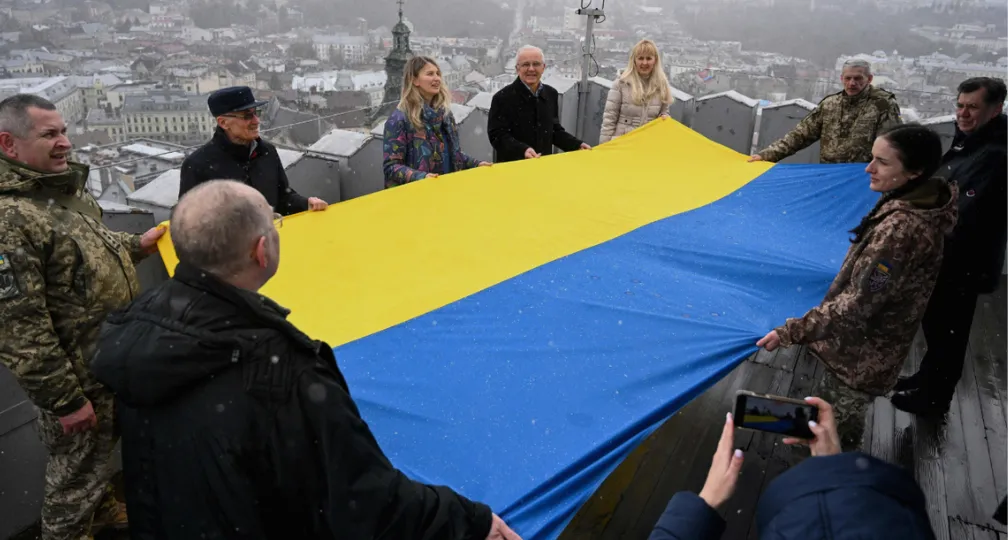
Russia’s use of military force against neighboring countries is nothing new, with the 2008 Russia-Georgia war, the 2014 annexation of Crimea and the 2015 intervention in Syria’s civil war serving as some recent examples.
Still, Russia’s invasion of Ukraine was a particularly serious attack on the international order, as it was an act of aggression aimed at overthrowing the regime of and occupying a sovereign state, as well as an action made by a permanent member of the U.N. Security Council.
If the Russian invasion of Ukraine creates a strategic gain for Moscow while the international community fails to impose a corresponding penalty, the premise of international order is bound to collapse.
How this war began involves lessons of the failure of deterrence against military aggression. How the war was fought influences the prospects for victories and defeats in modern wars, as well as their gains and losses. Most importantly, how the war ends will determine the likelihood of war in the rest of the 21st century.
The international society has not yet reached a conclusion on whether the international security order can get back on track.
How the war began
Whether the conflict was a “war of choice” or a “war of necessity” often appears in the debate. Some contend that Russian President Vladimir Putin chose to start the war with ambitions to revive Russia as a great power, while others argue that he was forced to start the war due to Russia’s geopolitical concerns.
Nevertheless, it was the failure of deterrence that matters. Whatever the intention behind Putin’s decision, it was necessary to make Russia hold back on its invasion by imposing a calculus that it would not bring about any benefits but only severe damage.
Deterrence by both punishment and denial did not function prior to Putin’s decision. The basic idea of deterrence by punishment is to fight back against an act of aggression and inflict unbearable damage to the adversary. Deterrence by denial involves utilizing defense capabilities and resilience to make the adversary unable to achieve the goals of its operations, thereby dissuading it from taking harmful actions.
Ukraine was unable to achieve deterrence by punishment given the inferior size of Ukraine’s military forces against Russia’s. As a non-NATO member, collective defense through employing U.S. military intervention was not guaranteed. A nonbinding Budapest Memorandum signed in 1994 by which the United States, Russia and the United Kingdom committed to respect the independence, sovereignty and existing borders of Ukraine did not help in preventing Russia from annexing the Crimean Peninsula, supporting pro-Russian separatist forces who took control of parts of Ukraine’s Donbas region, and invading Ukraine.
U.S. President Joe Biden’s prewar declaration that he would not send U.S. ground troops to Ukraine was a beacon of U.S. nonintervention. Putin probably took this as a sign of weakness from the West indicating that the strategic balance was in his favor.
Also, Moscow apparently underestimated the Ukrainian military’s resistance capacity, the unity of the Ukrainian people, European countries’ assistance to Ukraine and economic sanctions against Russia. Russia must have thought it could swiftly and effectively overwhelm Ukraine by utilizing its military superiority.
A lesson learned from the deterrence failure was how Putin was allowed to become overconfident about his success. The failure also showed how Moscow was made to underestimate the cost of invasion. If NATO had suggested the possibility of military intervention and the Ukrainian military’s resilience, and severe economic sanctions as a consequence of war were effectively signaled beforehand, the war could have been prevented.
How to wage war
The Russia-Ukraine war has gone through four phases — the failure of Russia’s blitz tactics in the early stages and withdrawal of its troops from Ukraine’s northern regions; Russian troops occupying two regions in eastern Ukraine and Russia’s annexation of four occupied regions in southeastern Ukraine; counterattacks by Ukrainian troops in Kharkiv and Kherson and Russia’s additional mobilization; and a stalemate along the front line and shifts in European aid to Ukraine.
The most noteworthy development during the war has been that the Ukrainian military has maintained its organized resistance capability and ability to continue fighting, enabling it to continue denying Russian troops’ operational capabilities.
The crucial factor that has supported Ukrainian forces’ resistance and their ability to continue fighting has been that Ukraine has managed to maintain its air defense capabilities and keep on fighting a ground war in an environment in which Russian troops have failed to take control of the air at all phases.
The Ukrainian military received air defense systems and intelligence assistance from the U.S. and NATO countries, making it difficult for Russian forces to implement effective air operations and achieve air supremacy.
Furthermore, Ukraine’s guerilla tactics that took advantage of geographical factors, and man-portable anti-tank and anti-aircraft missiles were effective in ground warfare.
Ukrainian forces also inflicted significant damage on Russian troops with artillery firepower using howitzers and multiple-launch rockets.
Although the Russian military boasts overwhelming superiority over the Ukrainian forces in terms of firepower and mobile troops, including tanks and mechanized infantry, it has been suffering severe damage due to resistance from Ukraine.
In the year since the beginning of the war, the Russian military lost more than 1,500 tanks — nearly half of those held by its forces — and more than 2,000 infantry fighting vehicles.
Because Russian troops failed to effectively implement offensive operations in armored combat, trench warfare reminiscent of World War I often took place on bloody battlefields.
The war has gradually become a battle of attrition, with neither side being able to achieve a breakthrough.
While it is difficult to forecast future developments in the war, there is a possibility that the Ukrainian military can find a way to change the course of the war in the eastern and southern regions of the country and move to a phase of offensive operations to recapture its territories, if Western countries intensively supply tanks and fighters to help drastically rebuild Ukraine forces.
However, the Russian military will also try to hamper Ukrainian attacks by introducing additional equipment and boosting land-attack missiles, and if Moscow is further driven into a corner, it could even consider a wild-card scenario of using tactical nuclear weapons.
Lessons learned from how the war is fought are crucial to maintaining a defense-focused military posture by guaranteeing sustainability and resilience to be able to continue fighting.
To maintain the ability to fight, it is essential to boost morale among leaders, the military and citizens, and to keep up the capabilities to produce and supply weapons and munitions systematically in order to continue carrying out military operations.
Ukraine has offered great lessons for international security by using such a defense-focused military posture to deny Russia’s military operations and prevent it from being successful in its invasion.
How to end the war
As both the Ukrainian and Russian militaries maintain the ability to continue waging war, prospects remain uncertain as to whether the war will end anytime soon.
However, it is clear that how this war ends will have a decisive impact on the medium- to long-term international security order.
There are three major scenarios to end the war in Ukraine: both sides negotiating and entering into a cease-fire or peace agreement; one side ending the war through military victory or a status of fixed superiority; or a cease-fire brought about by the loss of the ability to continue fighting due to attrition and war weariness.
As Yasuaki Chijiwa, a Japanese political scientist, wrote in a 2019 article on the theory of war termination, a dilemma often occurs between a compromised peace agreement and a fundamental resolution of the causes of a conflict.
While a compromised peace deal at an early stage can restrain human and material damages caused by war, it will also seal the superiority of the dominant force, leading to future risks of further infringement of sovereignty or deterioration of international security.
Encouraging both Russia and Ukraine to agree to a cease-fire in the near future means the status quo of Russia obtaining and occupying regions in Ukraine by aggression will be fixed.
It will consequently become difficult to separate this from the stance of approving gains from a war of aggression.
Nevertheless, in order to fundamentally resolve the causes of the conflict — allowing Ukraine to recover invaded territory and returning the situation to its state before Feb. 24, 2022 — there is no other route to pursue than either the Ukrainian military staying on the offensive, breaking the standoff and regaining effective control of the southeastern regions, or other countries strengthening economic sanctions on Russia and depriving it of its ability to continue fighting as a state.
Either way will come with tremendous human, material and economic losses.
Economic sanctions failing to produce sufficient effects is one of the factors that brings about a prolonged war.
Russia’s federal statistics service announced that the country’s gross domestic product contracted by only 2.1% from a year before in 2022. The Ukrainian economy is believed to have posted a 30% year-on-year decrease.
While Russia’s personal consumption and production activities dropped due to economic sanctions, rising prices of crude oil and natural gas, its key export items, are likely to have helped prevent its GDP from dropping further.
Considering that the Russian economy shrank 7.8% in 2009, following the global financial crisis, and 2.7% in 2020 in the wake of the spread of COVID-19 infections, the latest figures indicate the limited effect of economic sanctions.
What is important is to recognize Russia’s invasion of Ukraine as a historical failure and bring the war to an end as soon as possible.
The right answer at this point is to support the Ukrainian military’s fight and its operations to recapture territory and at the same time take away from Russia its power and ability to keep on fighting.
There are many things still left for the international community to work on to achieve these goals
(Photo Credit: AFP / Aflo)

Geoeconomic Briefing
Geoeconomic Briefing is a series featuring researchers at the IOG focused on Japan’s challenges in that field. It also provides analyses of the state of the world and trade risks, as well as technological and industrial structures (Editor-in-chief: Dr. Kazuto Suzuki, Director, Institute of Geoeconomics (IOG); Professor, The University of Tokyo).
Disclaimer: The opinions expressed in Geoeconomic Briefing do not necessarily reflect those of the International House of Japan, Asia Pacific Initiative (API), the Institute of Geoeconomics (IOG) or any other organizations to which the author belongs.
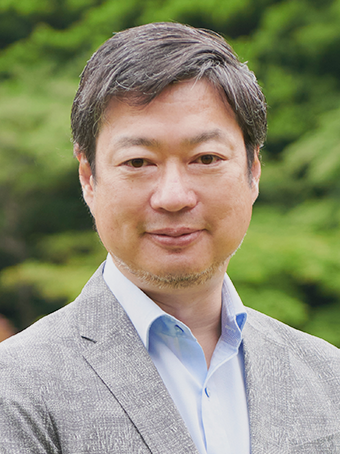

Managing Director (Representative Director), International House of Japan,
President, Asia Pacific Initiative
JIMBO Ken is Professor at the Faculty of Policy Management, Keio University. He served as a Special Advisor to the Minister of Defense, Japan Ministry of Defense (2020) and a Senior Advisor, The National Security Secretariat (2018-20). His main research fields are in International Security, Japan-US Security Relations, Japanese Foreign and Defense Policy, Multilateral Security in Asia-Pacific, and Regionalism in East Asia. He has been a policy advisor for various Japanese governmental commissions and research groups including for the National Security Secretariat, the Ministry of Defense and the Ministry of Foreign Affairs. His policy writings have appeared in NBR, The RAND Corporation, Stimson Center, Pacific Forum CSIS, Japan Times, Nikkei, Yomiuri, Asahi and Sankei Shimbun. [Concurrent Position] Professor, Faculty of Policy Management, Keio University
View Profile-
 Analysis: Ready for a (Tariff) Refund?2025.12.24
Analysis: Ready for a (Tariff) Refund?2025.12.24 -
 China, Rare Earths and ‘Weaponized Interdependence’2025.12.23
China, Rare Earths and ‘Weaponized Interdependence’2025.12.23 -
 Are Firms Ready for Economic Security? Insights from Japan and the Netherlands2025.12.22
Are Firms Ready for Economic Security? Insights from Japan and the Netherlands2025.12.22 -
 Is China Guardian of the ‘Postwar International Order’?2025.12.17
Is China Guardian of the ‘Postwar International Order’?2025.12.17 -
 Japan-India Defense in a Fragmenting Indo-Pacific2025.12.10
Japan-India Defense in a Fragmenting Indo-Pacific2025.12.10
 The “Economic Security is National Security” Strategy2025.12.09
The “Economic Security is National Security” Strategy2025.12.09 The Tyranny of Geography: Okinawa in the era of great power competition2024.02.09
The Tyranny of Geography: Okinawa in the era of great power competition2024.02.09 Event Report: The Trump Tariffs and Their Impact on the Japanese Economy2025.11.25
Event Report: The Trump Tariffs and Their Impact on the Japanese Economy2025.11.25 Trump’s Tariffs Might Be Here to Stay – No Matter Who’s in Power2025.11.28
Trump’s Tariffs Might Be Here to Stay – No Matter Who’s in Power2025.11.28 The Real Significance of Trump’s Asia Trip2025.11.14
The Real Significance of Trump’s Asia Trip2025.11.14








